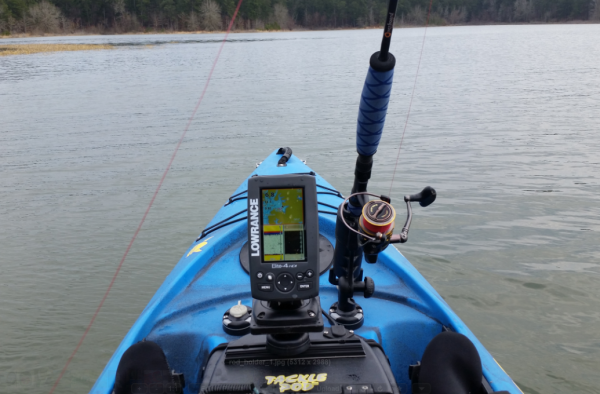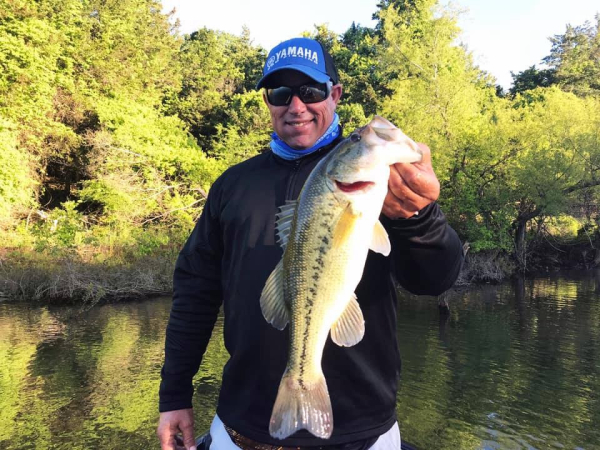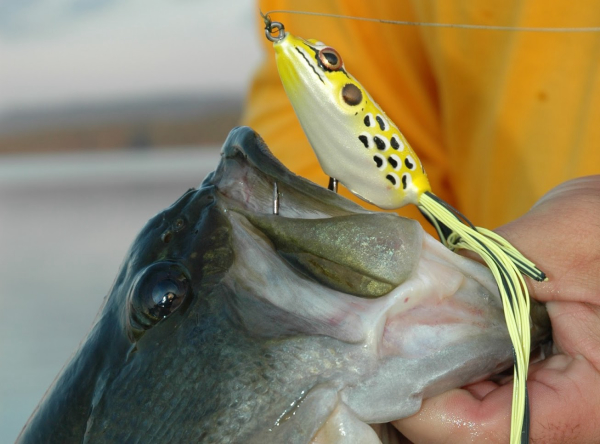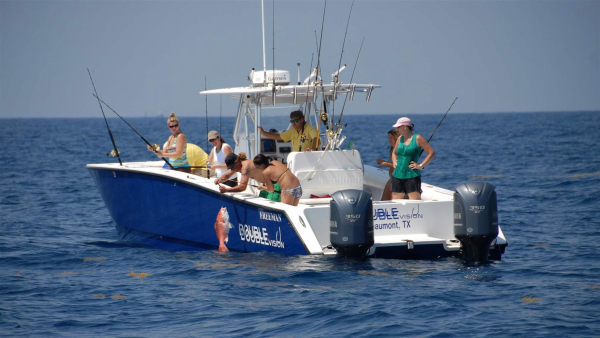If there were no hunters, there would be no wild game animals in the United States. With no Ducks, Unlimited, there would be no wild ducks in the North America.
Hunters are the original conservationists. We prize natural areas and the wild animals and birds that inhabit them. Ducks, Unlimited, founded in 1937 with the goal of preserving natural habitat that ducks require, started a movement of similar groups.
Imitation is the sincerest form of flattery, and many organizations have followed Ducks, Unlimited’s lead. All raise money to preserve habitat and study the habits and needs of their favorite game animal or bird, and all want to increase the habitat needed.
Ducks, Unlimited holds banquets where money is raised to further those goals. For the price of a ticket, a good meal is served and there are raffles and auctions of items mostly related to duck hunting. Locally, the Pike County Sportsman’s Night Out will be held Thursday, October 10 from 6:00 PM to 9:00 PM at the Strickland Building in Concord.
It will be a fun night of fellowship with like minded sportsmen and conservationists, and you can go home with a full stomach, happy face and some great equipment. Plan to attend, some tickets are still available by calling Roy Brooks at 678–858-6482 or Kel Brannon at 770-468-7871 and tickets will be available at the door. Individual tickets are only $35 and couples are $60.
Ducks, Unlimited looks at the big picture, working all over North America to accomplish its goal of wetland conservation. More than 14 million acres of waterfowl habitat in North America have been conserved across our continent since its founding, focusing its efforts and resources on habitats that are most beneficial to waterfowl.
But it pays attention to smaller details, too. Here in Georgia, more then 27,000 acres of habitat have been conserved. Georgia is part of the Atlantic Flyway and some waterfowl hatched in more northern areas of the US and Canada depend on Georgia wetlands for winter habitat.
Our coastal wetlands provide necessary winter habitat for diving and puddle ducks, from lesser scaups to green wing teal and wigeon. Interior parts of the state include river bottoms and beaver ponds where thousands of mallards and wood ducks survive the winter. Reservoirs are important to ring-necked ducks, canvasbacks and wood ducks.
Last year in Georgia, 150 events raised 2.1 million dollars to help conserve 27,310 acres in our state. And 97 thousand dollars from our state were used for habitat in Canada, where many of our ducks are produced. Without those nesting areas, our duck population would be greatly reduced.
Some of the projects in Georgia include restoration of managed wetlands on the Altamaha Wildlife Management Area, a priority for our coastal area.
Ducks, Unlimited works with the Georgia Department of Natural Resources on the coast and other places, like the Silver Lake Wildlife Management Area near Lake Seminole. There, an additional 2840 acres of mostly upland habitat that protects the wetlands, a necessary precaution, have been secured. And upland habitat benefits deer, turkey and small game.
At the Cordele Fish Hatchery in Crisp County a Ducks, Unlimited project helped restore an existing 48-acre lake where the levee was damaged by heavy rains. Vegetation control helped remove trees and bushes and allow the types of vegetation waterfowl need to grow. This area is a wildlife viewing area where you can see songbirds and ducks and the efforts will increase numbers as well as diversity of those species.
At the Penholoway Swamp Wildlife Management Area high quality bottom land hardwood forest as well as nearby uplands have been enhanced. This area has tidal swamp forest as well as other habitats in Wayne County, and is open to many kinds of public recreation as well as hunting.
At the Blanton Creek Wildlife Management Area on Bartletts Ferry Lake, two water control structures were built near the Chattahoochee River to increase vegetation suitable for ducks and other water birds. It covers 50 acres and Ducks, Unlimited worked with the Georgia Department of Natural Resources as well as the
Georgia Power Company on it.
In Colquitt County on the Mayhaw Wildlife Management Area 50 acres were restored through the installation of a water control structure and perimeter levees to provide suitable habitat for emergent marsh vegetation. Some waterfowl foods were also planted there.
Working with the University of Georgia and the Georgia Department of Natural Resources near Eatonton, Ducks, Unlimited helped construct a series of dikes and water control structures on Indian Creek to form a pond in hardwood habitat.
Near Gay in Meriwether County, 50 acres of waterfowl habitat on the Joe Kurz Wildlife Management Area on the Flint River was restored with a water controls structure that will help wood ducks and mallards as well as others.
These and many other projects in our state have already made a difference here and will continue to help wildlife in the future, thanks to Ducks, Unlimited and their partners.
Ducks, Unlimited’s efforts benefit all wildlife, not just ducks, and provides recreation benefits to everyone to all who value nature.
If you don’t want to attend a local banquet, join this conservation organization to help their efforts. Right now, your $35 annual membership fee includes a nice fleece jacket. Anyone that values natural habitat, from hunters and bird watchers to fishermen and hikers should be proud to be members.
Go to https://www.ducks.org to join and find out more about this important conservation organization.




